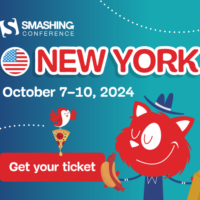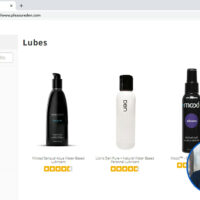
Overcoming User Access Challenges in UX Research
6 min readUX Research, User Experience, DesignHow do we conduct UX research when there is no or only limited access to users? Here are some workarounds to run UX research or make a strong case for it. An upcoming part of Smart Interface Design Patterns.UX research without users isn’t research. We can shape design ideas with bias, assumptions, guesstimates, and even synthetic users, but it’s anything but UX research. Yet some of us might find ourselves in situations where we literally don’t have access to users — because of legal constraints, high costs, or perhaps users just don’t exist yet. What do we do then?Luckily, there are some workarounds that help us better understand pain points and issues that users might have when using our products. This holds true even when stakeholders can’t give us time or resources to run actual research, or strict NDAs or privacy regulations prevent us from speaking to users.Let’s explore how we can make UX research work when there is no or only limited access to users — and what we can do to make a strong case for UX research.This article is part of our ongoing series on design patterns. It’s also an upcoming part of the 10h-video library on Smart Interface Design Patterns 🍣 and the upcoming live UX training as well. Use code BIRDIE to save 15% off.Find Colleagues Who Are The Closest To Your CustomersWhen you don’t have access to users, I always try to establish a connection with colleagues who are the closest to our customers. Connect with people in the organization who speak with customers regularly, especially people in sales, customer success, support, and QA. Ultimately, you could convey your questions indirectly via them.Every company circles around leadership. And every department is interconnected. This is especially true for design, engineering, research, sales, and marketing. Image by Paul Adams. (Large preview)As Paul Adams noted, there has never been more overlap between designers and salespeople than today. Since many products are subscription-based, sales teams need to maintain relationships with customers over time. This requires a profound understanding of user needs — and meeting these needs well over time to keep retention and increase loyalty.Everybody on the team shapes UX. And all departments have insights that can guide and inform design decisions. Image by Paul Adams. (Large preview)That’s where research comes in — and that’s exactly where the overlap between UX and sales comes in. In fact, it’s not surprising to find UX researchers sitting within marketing teams under the disguise of Customer Success teams, so whenever you can befriend colleagues from sales and Customer Success teams.Gaining Insights Without Direct Access To UsersIf you can’t get users to come to you, perhaps you could go where they are. You could ask to silently observe and shadow them at their workplace. You could listen in to customer calls and interview call center staff to uncover pain points that users have when interacting with your product. Analytics, CRM reports, and call center logs are also a great opportunity to gain valuable insights, and Google Trends can help you find product-related search queries.You might not have all the data, » Read More
Like to keep reading?
This article first appeared on smashingmagazine.com. If you'd like to continue this story, follow the white rabbit.








